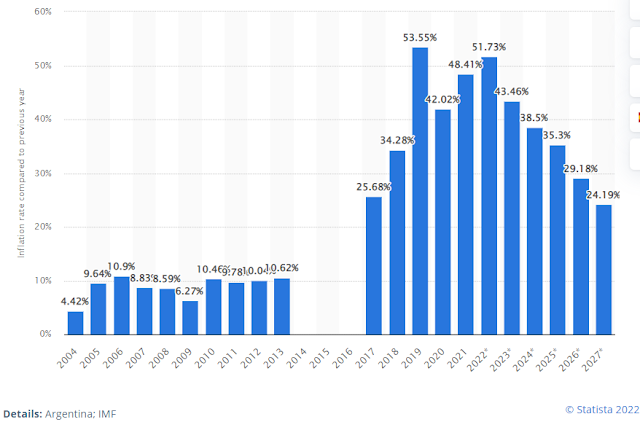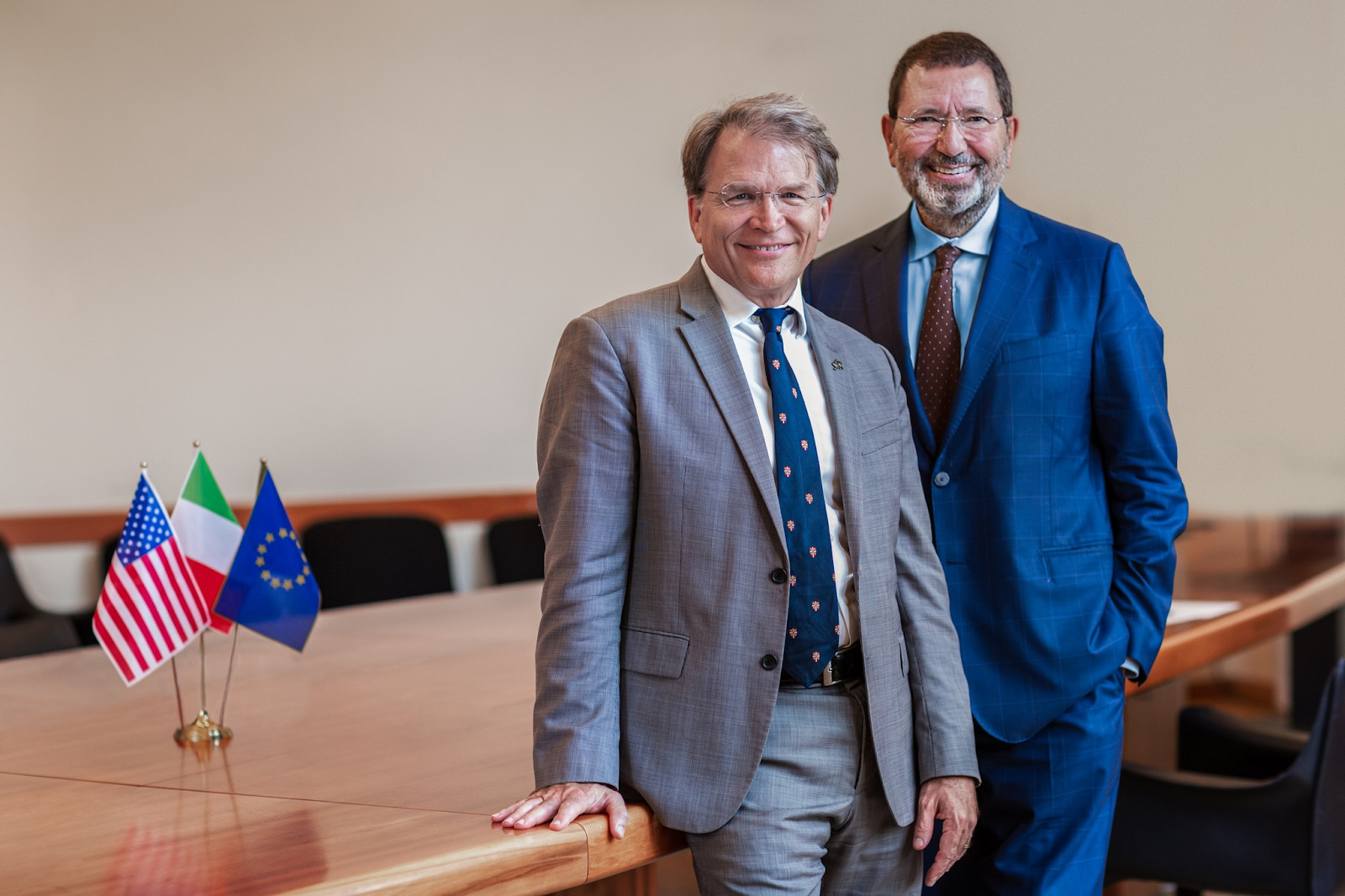The Autumn 2022 issue of the Oxford Review of Economic Policy is about forced migration. Here's a paper directly related to market design.
Improving refugee resettlement: insights from market design by Justin Hadad and Alexander Teytelboym, Oxford Review of Economic Policy, Volume 38, Issue 3, Autumn 2022, Pages 434–448, https://doi.org/10.1093/oxrep/grac013, 15 September 2022
Abstract: The current refugee resettlement system is inefficient because there are too few resettlement places and because refugees are resettled to locations where they might not thrive. We outline how ideas from market design can lead to better resettlement practices. In particular, we discuss how market design can incentivize participation of countries in resettlement and improve the matching of refugees at international and local levels; some of these insights have already put into practice. Finally, we highlight several further applications of market design in refugee resettlement, including cardinal preference submission and matching with transfers.
"There is an acute shortage of resettlement. Resettlement is a public good from the point of view of countries (i.e. if one country contributes by resettling a refugee, all other countries benefit), so it is not surprising that it is underprovided (Moraga and Rapoport, 2014). The UNHCR predicts that 1.47 million refugees will need resettlement in 2022––the highest ever number (UNHCR, 2021e). Numbers of resettled refugees fluctuate—in part driven by need, and in part driven by the willingness of the largest hosting countries, such as the United States, to resettle (see Figure 1). The refugees in need of resettlement are the most vulnerable kinds of refugees (see Figure 2); they have often suffered persecution and violence above and beyond the terrible experiences of most refugees.
...
"The UNHCR is responsible for sending the applications of refugees to resettling countries. The process works as follows: the UNHCR identifies a refugee family in need of resettlement, and submits an application on their behalf to a country that may resettle them. If the application is accepted, the country becomes responsible for resettling the refugee according to its own rules; if the application is rejected, the UNHCR can submit an application to another country. The process can take months, if not years. Given the shortage of resettlement places, the UNHCR has a strong incentive to maximize the expected number of successful applications rather than to try to find the best matches between refugees and countries. In 2020, the UNHCR submitted the applications of over 39,500 refugees to resettling countries, which led to just 22,800 individuals departing to these countries (UNHCR, 2021d). This suggests that there is potential to improve the allocation of international resettlement submissions."
***********
Here's the rest of the issue:







.jpg)


